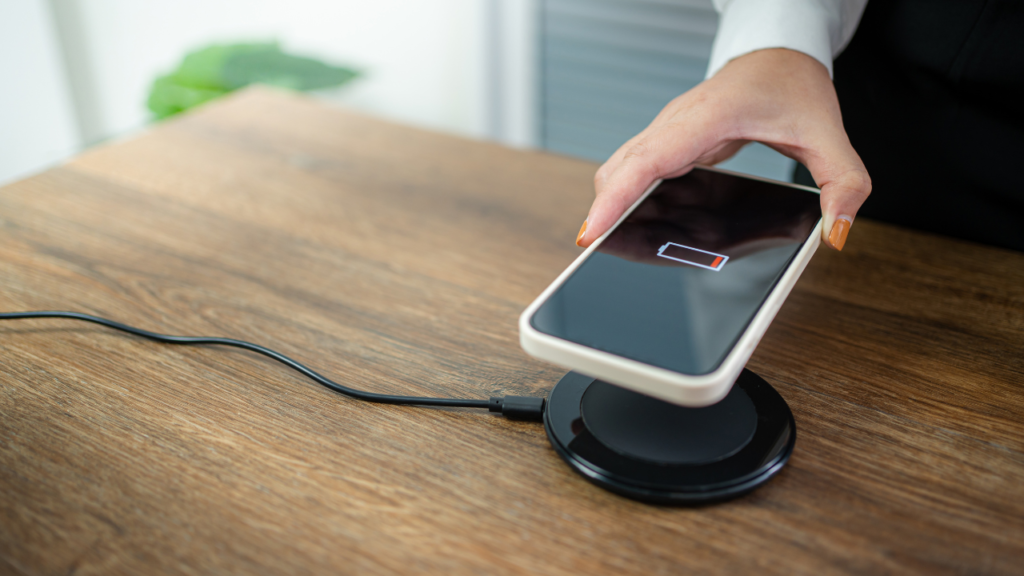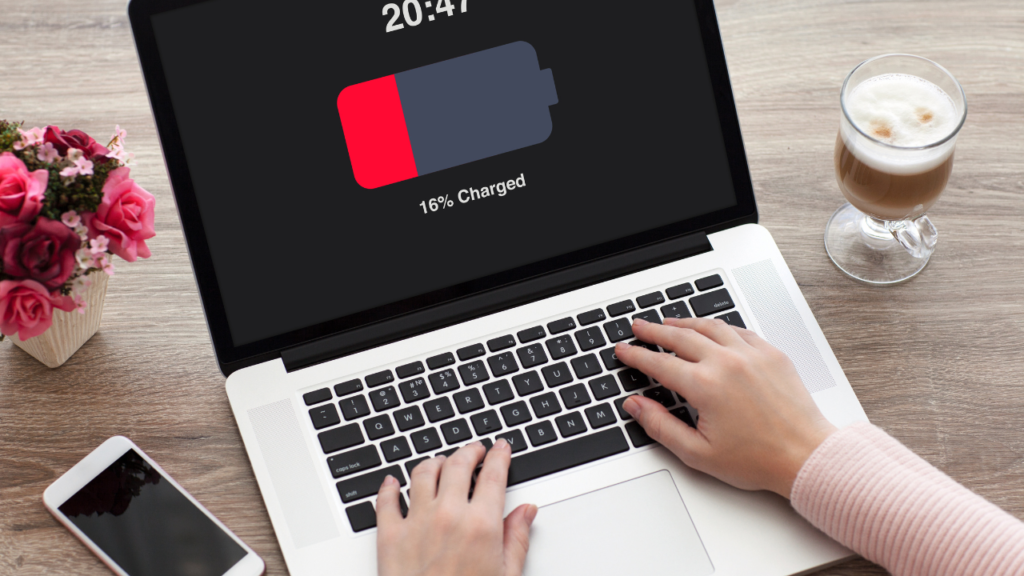In today’s digital age, our smartphones have become an indispensable part of our lives. As we utilize these devices for various tasks, from sending emails to watching videos, battery consumption becomes a prime concern. One of the overlooked factors that play a crucial role in battery life is screen brightness. In this post, we’ll delve deep into how screen brightness affects battery consumption and what measures you can take to optimize it.

1. OLED vs. LCD Screens: The Battle of Consumption
OLED screens, with their rich colors and deep blacks, might be the preferred choice for many due to their visual appeal. However, these screens tend to consume more battery compared to their LCD counterparts. Why? OLED screens emit their light, while LCDs rely on backlights. Hence, reducing brightness on OLED screens can contribute more significantly to battery savings.
2. Brightness Levels and Battery Life
A simple yet effective tip for prolonging battery life is adjusting the screen brightness. Some studies suggest that dimming your screen can grant an additional two hours of battery usage. That’s an impressive amount of extra screen time just by sliding a brightness bar!
3. Smart Brightness with Auto-Brightness
Modern smartphones often come with an auto-brightness feature. By enabling it, the phone automatically adjusts the screen brightness based on surrounding light conditions. This not only provides optimal viewing but also ensures efficient battery use.
4. Individual Habits Matter
The battery consumption due to screen brightness can vary among individuals. Those who consistently max out their brightness will inevitably experience quicker battery drain than those who maintain a more moderate level.
5. The Bigger Picture
While screen brightness is undeniably an influential factor, it’s crucial to remember that several factors affect battery life. App usage, connectivity, background processes, and various device settings can either drain or conserve energy.
FAQs
Q: Does screen type significantly affect battery consumption? A: Yes, OLED screens generally consume more battery than LCDs, especially at high brightness levels.
Q: How can I optimize my phone for the best battery life? A: Along with adjusting screen brightness, consider monitoring app usage, updating to the latest software, and tweaking other settings that may drain your battery.
Q: Is the auto-brightness feature reliable for battery conservation? A: Yes, it adjusts the screen brightness based on external light conditions, ensuring efficient battery usage.
Conclusion
The role of screen brightness in battery consumption cannot be stressed enough. While it’s just one cog in the machine, optimizing it can make a significant difference in how frequently you reach for that charger. Whether you have an OLED or an LCD, it’s worthwhile to be conscious of your brightness settings. So, the next time you think about boosting that brightness bar to its maximum, remember: a dimmer display might just be the difference between your phone lasting a whole day or dying mid-afternoon. Adjust wisely!
